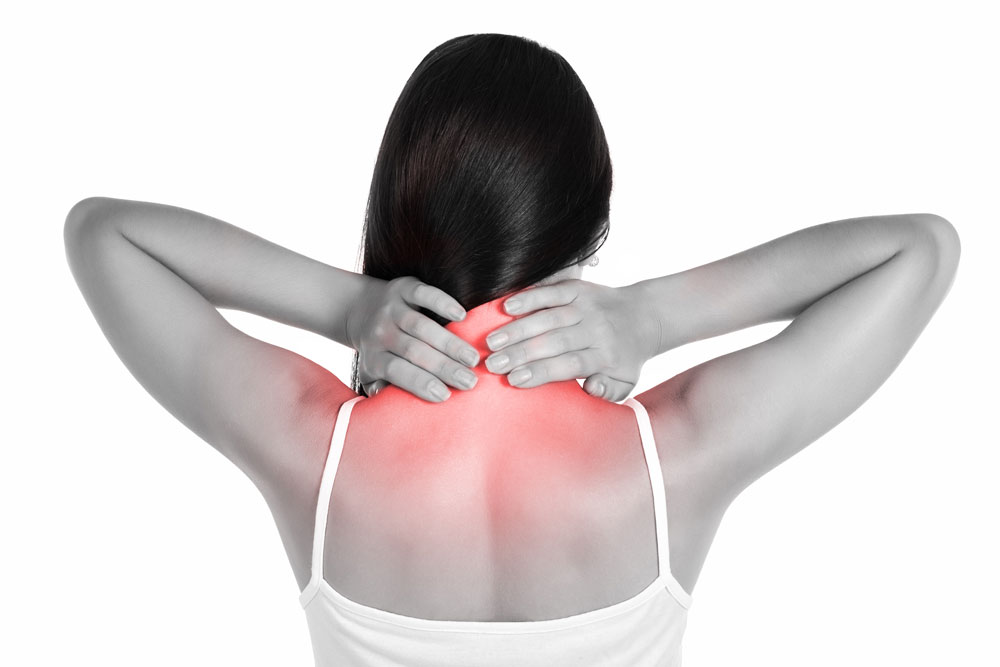
When you feel pain, do you automatically reach for a pill? Maybe it’s time to rethink that reaction. The idea that pain relief resides only in a bottle of pills is a common misconception, Harvard Medical School experts say. While medication often plays an important role in quelling pain, there’s a large arsenal of drug-free pain-relief therapies and techniques.
The Institute of Medicine estimates that 116 million adults experience chronic pain each year. It has called for “a cultural transformation in how the nation understands and approaches pain management and prevention.” Improved pain management should include a combination of therapies and coping techniques, the institute said. And a recent New York Times investigation revealed that the use of strong pain killers used too early and for too long can delay a person’s return to work and drive up the cost of treatment.
In studying pain and how to modify it, researchers and doctors often think in terms of the “gate control” theory, said Diana Post, M.D., assistant professor of medicine at Harvard Medical School. This concept holds that pain impulses can be dampened in a part of the spinal cord, called the dorsal horn, before they reach the brain. When an injury or other painful stimulus activates tiny nerve fibers, it opens the “gate” so a pain signal is sent to the brain. But if other sensory signals are coming in from other parts of the body at the same time, neurons in the spinal cord effectively disconnect the pain message and close the “gate.” Here’s a practical example: Pediatricians often try to reduce the pain of inoculations for children by rubbing the child’s skin immediately after giving the shot to offset, or garble, the original pain signal.
Other pain-relief therapies abound, Post said. These include:
- biofeedback
- ice
- heat
- exercise
- psychotherapy
- acupuncture
- hypnosis
- massage
- mind-body relaxation techniques
- chiropractic
- physical therapy
- and occupational therapy.
These techniques can be used alone, in combination, and even in combination with drug therapy.
Not every therapy is right for every person. “Relieving pain often requires a trial-and-error approach that embraces the whole person, not just the source of the pain which cannot always be identified clearly,” Post said. With this in mind, Harvard Medical School is publishing Pain Relief Without Drugs or Surgery, a new Special Health Report that covers the latest information on pain relief therapies. Dr. Post, the report’s medical editor, advises readers about the wide array of pain-relief techniques and also describes ten common types of pain and how to relieve them using non-drug, non-surgical strategies.
For example, the abdominal pain of irritable bowel syndrome is often triggered by emotional stress. Studies show that psychotherapy, mind-body relaxation techniques, and hypnosis therapy offer some relief to some people with IBS. Hypnosis therapy, for example, can reduce IBS pain significantly, according to a study published in the journal Gut. In this study, Researchers found that 12 weekly one-hour hypnosis sessions led to a reduction in IBS symptoms in 17% of the 204 patients. Many licensed mental health professionals are trained in hypnosis therapy.
Another non-drug strategy that may be useful for relieving several kinds of pain is Tai Chi. This exercise regimen consists of a series of postures that are performed in a set sequence. You move in a flowing motion from one posture to the next while centering your mind by focusing on an area just below the navel, described by practitioners as the body’s storage point for chi (energy). On the physical side, practice enhances balance, coordination, flexibility, muscle strength, and stamina. On the mental side, tai chi helps to relieve stress, improves body awareness, and reduces social isolation when done in a group setting. Emerging research shows that tai chi has many positive attributes for people with osteoarthritis, rheumatoid arthritis, fibromyalgia, tension headache, and other painful conditions.
Using non-drug therapies can be an empowering experience. Most of these therapies do not carry the risk of side effects as do most drugs. And many non-drug therapies are self help techniques you can do by yourself or learn from a therapist. If you do try any pain-relief strategy, keep safety in mind, Post said. It’s important to know when to report pain to a doctor. Call your doctor if a new pain develops and persists beyond a few days. Call 911 for chest pain or any severe pain.


